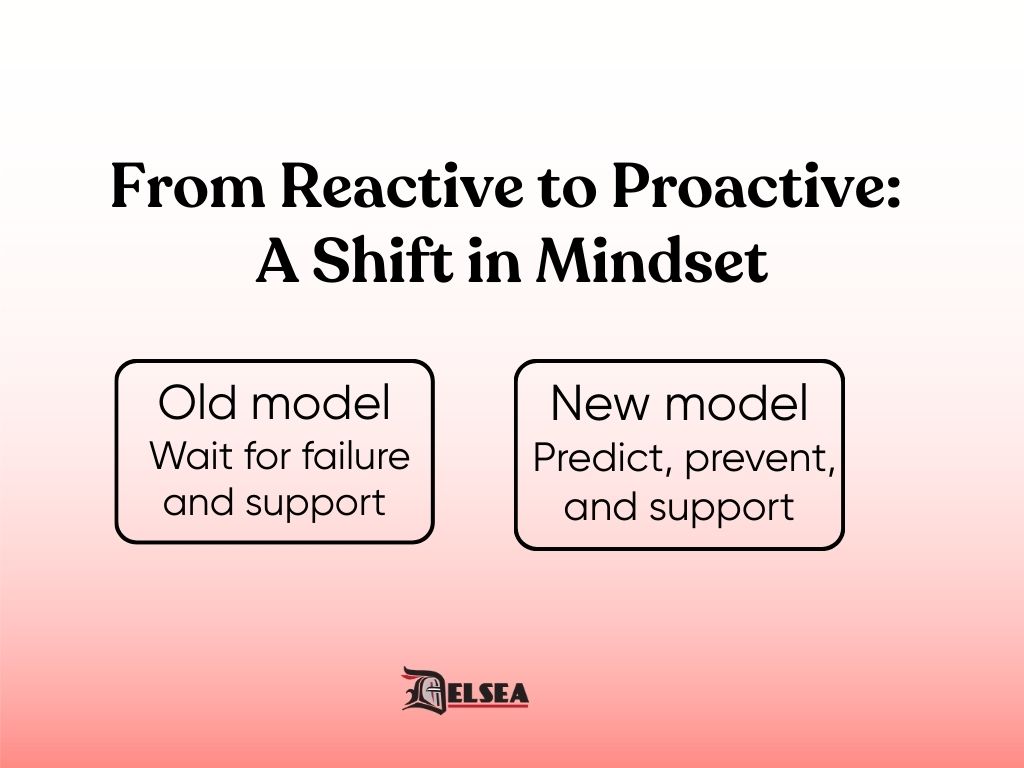During a recent conference session, Dr. Anthony Fitzpatrick, shared Delsea Regional School District’s new Early Warning System to combat declining academic performance and rising absenteeism.
His message was clear: in today’s environment, leaders can’t afford to rely on lagging indicators. To protect student outcomes, schools must shift to proactive systems of support.
Meeting a Changing Moment
Dr. Fitzpatrick began by addressing a truth many superintendents are grappling with: the educational landscape has fundamentally changed. “The jobs have changed. The responsibilities have changed,” he said.
Like many districts, his team saw a sharp rise in chronic absenteeism and a drop in academic achievement. While behavioral issues weren’t a major concern, the data painted a troubling picture overall.
“We had to ask ourselves some really tough questions… did we know all these students were absent? When did we know? How did we know?
What was the outreach like?” said Dr. Fitzpatrick.
The district had been following the old model of “wait for failure”. Wait for a student to hit the absence trigger of 6 or 10 days, then send a letter home. But by this time, the student is already on a trajectory to be chronically absent.
Dr. Fitzpatrick started looking for a more proactive approach. “I wanna be able to predict. I wanna be able to prevent. I wanna be able to support.”, he said.

Early Intervention
Faced with systemic challenges, Dr. Fitzpatrick’s district brought the idea of an Early Warning System to OnCourse—a tool designed to track attendance, behavior, and academic performance live in their student information system.
Dr. Fitzpatrick acknowledged that this is not the only early warning system out there. However, it was key that the district built out the system where key staff were already spending their time, instead of introducing a new product or log in.
The system is designed to:
- Set customizable thresholds that reflect your district’s unique early indicators
- Automatically flag students who meet risk thresholds
- Tier students based on their level of need
- Send alerts to counselors, vice principals, and principals the moment help is needed
- Enable early, strategic interventions to prevent student disengagement

A Districtwide Culture Shift
This shift to a live model allowed the leadership team to move from reactive to proactive.With administrator turnover occurring more frequently, it was crucial that the system be designed to be intuitive, accessible, and require little training. Delsea implemented this system a few months ago and is currently delivering automated alerts to its key personnel weekly.
“I asked my data person to identify the names of three students who would otherwise have fallen through the cracks. And she pulled that report in five minutes. These are the kids we would have missed,” said Fitzpatrick.
One of the session’s most compelling moments was Dr. Fitzpatrick’s discussion on how this system began to signal challenges within the district and classroom procedures.
From overly complicated late codes to grade book variations, the system sparked conversation that demanded change. Now, the district is heading into the next school year with clarity around tardiness, a universal grade book structure, and instructional changes led by the teachers.
Leadership Takeaways